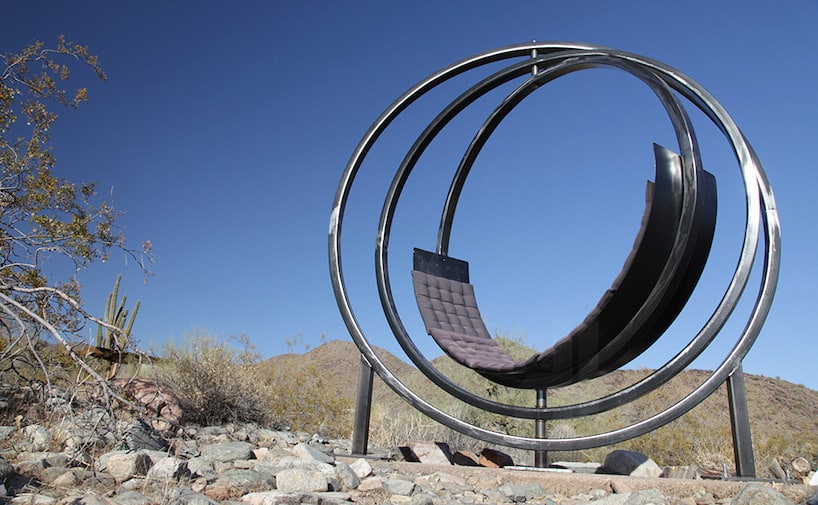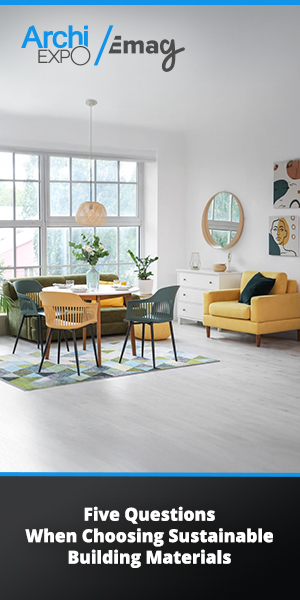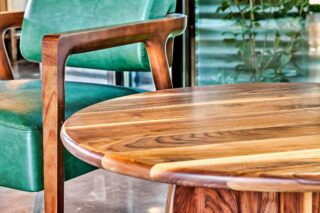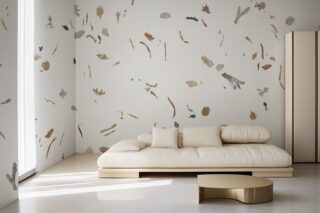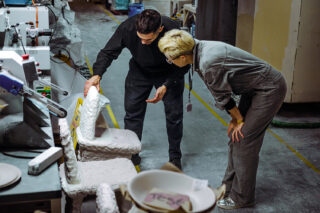Fancy taking a seat on a mighty steel structure straight out of a science-fiction flick? Or sitting on a wicker recliner with wheels? How about being scooped up by a mobile butterfly chair? ArchiExpo e-Magazine has spotted these unique pieces that will rock your perception of lounging and relaxing.
The Etazin Chair
The Etazin chair, designed by NY based artist Kate Brown, was inspired by the time that Brown spent in a garden space at the backyard of The Frank Lloyd Wright School of Architecture in Scottsdale, Arizona. As she went inside the perfect circle of a Japanese moon gate, Brown said that she felt complete serenity upon sitting on the arc, and it sparked her desire to create a chair along the same lines. She then chose metal for its frame. “The use of steel was inspired by the wonderful complement that metal gives to a desert landscape,” Brown explained to ArchiExpo.
New prototypes of this chair are underway. Brown informed ArchiExpo e-Magazine that she is testing out new variations of the Etazin design, one being a modern take on the old conversation chair design where two people sit face-to-face.
The Marcel Breuer Couch
A couch on wheels, designed by Bauhaus-master Marcel Breuer, has been around for some time. Currently produced by Tecta, one of the world’s leading manufacturers of high-quality chairs, the first sketch for the couch dates back to Breuer in 1922. The project remained on paper for a long time until its inception in 1984, officially baptized as Breuer-couch on wheels F41E. The piece is like a road vehicle that allows the user to lie back on a wicker surface in the open air.
“Breuer undertook the experiment of combining the bicycle with seating furniture to produce a couch on wheels,” Christian Drescher, managing director at Tecta told ArchiExpo. “The story goes that he made it as a gift or joke for a friend of his, who supposedly liked the idea of moving from the sun to the shadow without having to get up.”
Drescher explained how identifying and understanding a problem helps in finding its solution. Tecta seeks new approaches in innovative materials and techniques. While trends interchange and fall quickly through short life cycles, Drescher believes “that constantly replacing products is unecological and uneconomical. [Tecta’s] mission is to lengthen the lifespan of good designs, both from a social and ecological point of view.”
